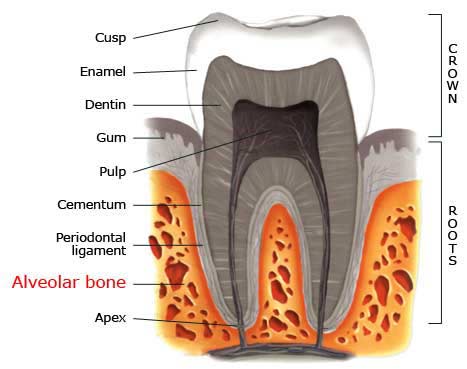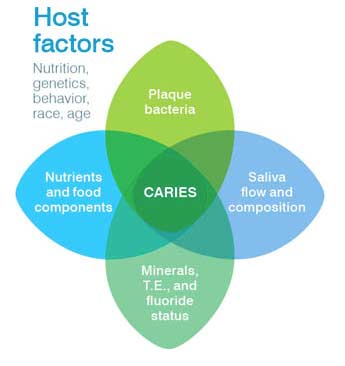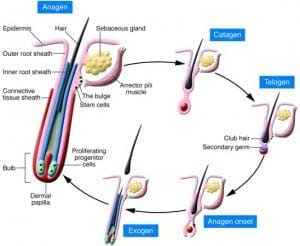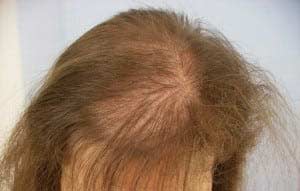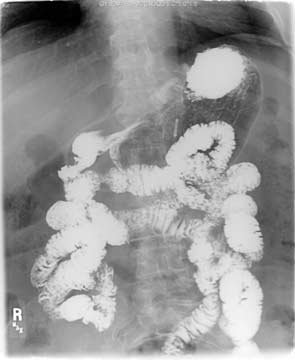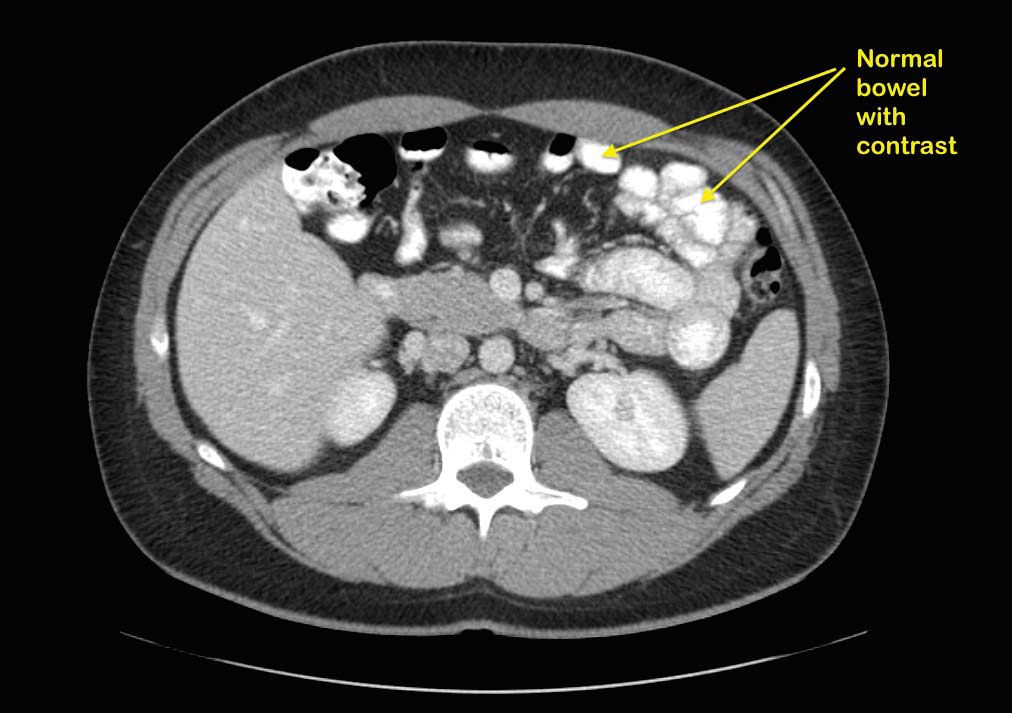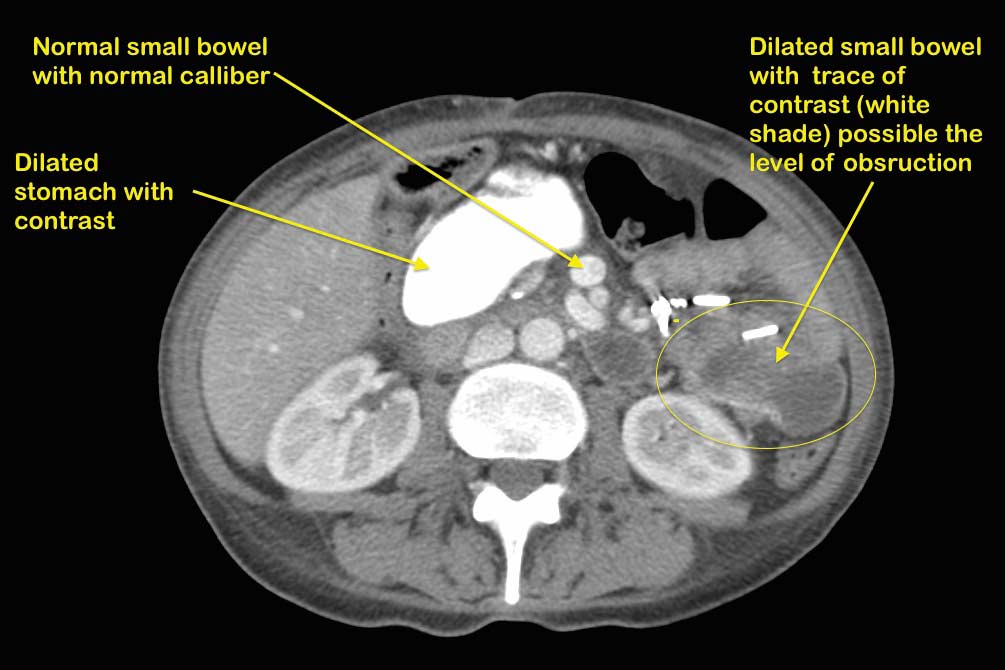Category: Duodenal Switch
Dental Issues after Weight Loss Surgery
October 13, 2014 10:53 pm
Please click the link to view the webinar on Dental Issues after Weight Loss Surgery. A special thank you to Armen Mardirossian, DDS, MS Diplomate for his contributions to this article.
Update for Feb. 2017 Dental Resources here.
This is a review of data regarding weight loss surgery and dental health. I am not a Dentist so please follow up with your Dental Health Care Providers if you are having any issues. Always keep your health care providers informed of your overall health status.
Controversies of Duodenal Switch -Staged or Single Stage
September 27, 2014 5:29 pm
There is almost no science supporting the two staged duodenal switch. The “theory” advocated was that one can try a less invasive procedure and then if it does not work, proceed with the more complex operation. This was also advocated as a risk reduction tool for patient to have the sleeve component done as a planned first stage to reduce the operative and the anesthesia risk of the full duodenal switch operation. The “DS” surgeons soon recognized that the weight loss after sleeve is limited and not long lasting.
Laparoscopic Sleeve Gastrectomy has received a great deal of attention in the last few years. Most of this attention is contributed to the almost universal failure and high complication rate of the adjustable gastric banding (AGB) procedures. Since some practices and surgeons promised a low risk, minimally invasive procedure with the AGB procedures, they had to find an alternative as the complications and the failure of the AGB procedures mounted. This is when the Sleeve Gastrectomy started gaining more acceptance by surgeons who previously had performed AGB. Sleeve Gastrectomy is becoming one of the most commonly performed weight loss surgical procedure in several areas in the country and world.
It is worth mentioning, that Sleeve Gastrectomy is nothing new to the surgeons who perform Duodenal Switch procedures. Duodenal Switch has been performed as a single stage procedure since it’s inception.In fact every classical Duodenal Switch procedure is a Sleeve Gastrectomy with two small bowel anastomosis, first described by Dr. Hess in 1988. Duodenal Switch surgeons were also first to offer Sleeve Gastrectomy as the first stage of a two staged procedure.
BiliopancreaticDiversion-Duodenal Swtich: Independent Contributions of Sleeve Resection andDuodenal Exclusion, Marceu P, Biron S, Marceau S, et al. Conclusion: SG and DS independently contribute to beneficial metabolic outcomes after BPD-DS. Long-term weight loss and correction of metabolic abnormalities were better after DS favoring its use as first stage in BPD-DS; one-stage BPD-DS outcomes were superior to two-staged.
Other than some extreme cases, there is no indication to offer the sleeve as a staging operation since in vast majority of the cases the patient will require to have an alternative procedure done when the weight loss stops, and in some cases weight gain is experienced.
The reasons one should avoid a staged procedure is the evidence in the research data does not support that staging a procedure benefits the patient. There is also consideration for two general anesthesia exposures. Anesthesia time is based on surgical experience, technique and past patient surgical history. The argument that a patient should have the Sleeve Gastrectomy, to improve the risk for Duodenal Switch has almost no support in the peer-reviewed literature. One should also consider that a patient having had a Sleeve Gastrectomy may not qualify for the second stage Duodenal Switch procedure due to lower BMI or the insurance benefits mandating only one weight loss procedure in a lifetime.
There may be patients who may benefit from the Sleeve Gastrectomy long term, but in my opinion to offer Sleeve Gastrectomy as a planned first phase of the the duodenal switch is not indicated in majority of the cases.
Telogen Effluvium: Hair Loss After WLS (Weight Loss Surgery)
September 14, 2014 12:56 pm
Telogen Effluvium is the premature pushing of the hair root into a resting state and can be chronic or acute. It is usually brought on by a shock to your body such as high fevers, childbirth, severe infections, severe chronic illness, severe psychological stress, major surgery or illnesses, over or under active thyroid gland, crash diets with inadequate protein, and a variety of medications. Most hair loss from medications, is this type of hair loss, and the related medications include retinoids, beta blockers, calcium channel blockers, antidepressants, and NSAIDS (including ibuprofen). Supplements that can also cause or increase telogen effluvium are higher doses of iron and Vitamin A.
The hair begins to fall out in differing amounts and can start weeks to months after the initial shock to the body or medication initiation. The hair loss can continue up to 6 weeks and typically slows at 8 weeks after the start of the hair loss.
Weight loss surgical patients experience this due to the stress of surgery and the low protein state directly after surgery. Although there is no specific treatment for Telogen Effluvium, there are steps that can be taken to potentially slow the hair loss and help support the new hair growth.
The most important steps to take are to maintain your protein supplementation at a minimum of 80-100 grams of protein daily and hydration (at least 64 ounces daily) after weight loss surgery.
Protein, particularly L-lysine, are the building blocks of hair and nails, without adequate protein your body will forgo making hair and nails to maintain critical muscle mass. Also hydration is important to flush the body of toxins, due to fat breakdown in the liver during the rapid weight loss phase, that will prevent further new hair growth.
Vitamin B6 and B12 deficits can also contribute to hair loss. Multivitamin supplementation is essential to maintaining the required levels of these vitamins. The recommended multivitamin supplementation is two multivitamins daily that are equivalent to Centrum brand multivitamin.
Some people add Zinc supplements to increase hair production. However, if you are adding Zinc it is advised to also add a Copper supplement as they compete with each other for absorption. Copper is important for red blood cell production and a copper deficiency can exacerbate iron deficiency anemia. Inactivity can also decrease zinc levels, therefore exercise/activity will naturally maintain zinc levels.
Biotin is also a B vitamin that can be helpful in new hair growth.
Folicure is a supplement tablet that contains many vitamins and minerals that some people find helpful for hair re-growth. They also manufacture a shampoo that can be used.
There are many shampoos and topical treatments that people use and report satisfaction in their results. However, it is important to note that a topical treatment may make your hair appear thicker but the hair regrowth will only be supported by internal nutritional maintenance. Minoxidil is a liquid vasodilator medication applied to the scalp that is the exception to this rule and can help with hair regrowth. However, Minoxidil will not work to it’s optimal level in the absence of adequate nutritional status.
We always go back to our basics after weight loss surgery of hydration, protein and exercise to maintain health of body and hair.
September 3, 2014 Group Meeting & Webinar Laboratory Studies and Vitamin K2Exclusive Member Content
September 06, 2014 8:03 pm
Nyctalopia (Night Blindness) An Early Sign of Vitamin A Deficiency with Video
September 04, 2014 3:08 pm
Nycalopia or Night Blindness is a side effect of Vitamin A deficeincy. Vitamin A is a fat soluble vitamin that occurs in animal tissue as retinol. There are a number of different provitamins in food of vegetable origin. Beta carotene and other carotenoids, yellow and red carotenoid pigments, can be changed to vitamin A in the liver.
A number of functions for vitamin A have been found, including immune mechanisms, maintenance of healthy epithelial tissues, facilitates the mobilization iron from stores to developing red blood cells, and most importantly, a function in the visual system. Vitamin A deficiency may manifest itself by: 1.) A scale-like appearance in the skin and occasional acne, 2.) A failure of growth in young animals, including C. station of skeletal growth, and 3.) A failure of reproduction associated with atrophy of the epithelial cells of the testes and interruption of the female sexual cycle. Zinc works with Vitamin A by converting retinol to retinal and also protects from toxicity of Vitamin A. Vitamin A deficiency can worsen Iron Deficiency Anemia. It has been shown that treatment for Iron Deficiency Anemia responds better when Vitamin A and Iron are supplemented together.
Vitamin A deficiency may also represent a decreased visual acuity, more specifically, night blindness. Night Blindness was found in a patient who reported that they were unable to read a particular sign at night while driving, but was able to read it during the day. The body uses Vitamin A to make retinal, part of a molecule called rhodopsin. Rhodopsin is found in the rods of the eye. The rods are the cells of the retina that allow you to see in low light conditions. Here is a video of a patient exhibiting the effect of night blindness.
If Vitamin A deficiency is left untreated at the stage of night blindness it can progress to Xerophthalmia. Xerophthalmia is also caused by Vitamin A deficiency. The symptoms of Xerophthalmia is lack of tear production which are the lubrication of the eye. This leads to corneal and conjunctiva inflammation and thickening. The cornea can become cloudy and foamy spots (Bitot’s spots) leading to scarring and damage that effect the sight.
When a patient is diagnosed with vitamin A deficiency, the treatment will require aggressive oral supplementation. Duodenal Switch patients will only respond to “Dry” water miscible form of Vitamin A, which is pictured below/right. This “Dry” water miscible form is a powder which is designed to dissolve in water without the addition of bile for absorption. When taking oral vitamin A, it is important for patients who have had the Duodenal Switch operation to specifically look for a “Dry” water miscible form of vitamin A. This is to maximize the amount of vitamin A that can be absorbed even in the presence of reduced fat absorption.
For cases in which vitamin A levels do not respond to “Dry” water miscible Vitamin A oral supplementation, intramuscular injections may be required. The usual injected dosage of vitamin A is between 25,000-50,000 international units. Repeated injections in a 3-month interval have been required in some patients to normalize the vitamin A level, as well as resolving the symptom of night blindness.
Orthostatic Hypotension/Intolerance
August 26, 2014 4:02 pm
One of the possible side effects of rapid weight loss after undergoing weight loss surgery is orthostatic hypotension or orthostatic intolerance. These terms describe a significant drop in blood pressure upon standing from a seated or reclined position. Drip in blood pressure causes a decrease in blood flow to the brain. There are several studies discussing this after RNY gastric bypass and sleeve gastrectomy. However, this can also be an issue post Duodenal Switch. The process is still not completely understood but can be due to several factors. Rapid weight loss, sympathetic nervous system dysfunction, dehydration, electrolyte imbalance, malnutrition, thyroid issues, cardiac issues, post prandial hypotension (blood pressure lowering after meals due to blood flow shifting to the gut) or medications are all suspected as possible causefor orthostatic hypotension.
Symptoms can include dizziness, lightheadedness, nausea, blurry vision, weakness, fatigue, palpitations, headache, exercise intolerance, intermittent confusion and can culminate to passing out. This can be diagnoses with blood pressure monitoring while positioning change, ECG, laboratory studies, echocardiogram, tilt table test and possibly Valsalva maneuver.
There is a direct link between obesity and hypertension. A large number of patients undergoing weight loss surgery are on anti-hypertension medications. Patients need to be followed closely in the hospital and in the rapid weight loss phase post surgery for medication changes and eventually termination of anti-hypertensive medications. Follow up and monitoring with a primary care physician is crucial due to these rapid changes.
Dehydration, anemia, and low protein intake need close surveillance after weight loss surgery. The patient may require laboratory studies to investigate these causes.
Treatments may include increasing hydration, protein intake, changing medications and treating anemia. Also, allowing time for the body to adjust to the rapid weight loss if all the underlying issues are within normal limits. If symptoms persist, after all underlying issues are investigated, the patient will need to be diligent with hydration, protein intake, supplements and other treatments. Things that may also help is to slow down in moving from one position to the other, take a moment to adjust to your new position. Compression stocking and increasing salt intake can also help if all other causes are investigated. Post prandial hypotension can be avoided with low carbohydrate and small meals. Also, moderately increasing salt intake can improve symptoms.
Vitamin D Metabolism, Deficiency and Treatment
August 23, 2014 4:17 am
Vitamin D and Weight Loss Surgery
“Mission Statement” (moved)
August 20, 2014 3:38 am
Bowel Obstruction After DS
August 20, 2014 12:47 am
One of the potential complications of any abdominal surgery is Bowel Obstruction. If the treating physician (usually the primary care, or the emergency room doctor) is not absolutely clear of the anatomy of a patent post duodenal Switch or the Gastric bypass surgeries this will pose a diagnostic dilemma. In intact anatomy the GI tract start at the mouth and ends up at the rectum as a long tube. After the Duodenal Switch the small bowel has two parallel limbs, the alimentary limb brings the food down from the stomach, and the biliopancreatic limb brings down the biliopancreatic secretions. These two limbs join and form the common channel.
In normal anatomy, bowel obstruction may present with nausea, vomiting, abdominal cramps, inability to pass gas, and/or have bowel movements. In this case, the X-ray will also show dilated loops of bowel and if oral contrast is given with the X-ray, there will be no contrast past the obstruction. Think of it as a garden hose that has been kinked and no water is going thru.
In this upper GI- the contrast travels down the small bowel and the entire small bowel is the same caliber. This is normal study with no evidence of obstruction. In a patient with the DS, the patient my have the biliopancreaitc limb obstruction, with an identical X-ray as above, since the oral contrast given will never get to the biliopancreatic limb and it will not show if it is dilated or not.
In duodenal switch operation, a patient may have complete obstruction of the alimentary limb, with nausea, vomiting and abdominal pain, and yet have bowel movements because the content of the biliopancreatic limb is getting to the common channel. Similarly, a patient with biliopancreatic limb may have nausea, but no vomiting, because the obstructed biliopancreatic limb is not connected to the stomach and the content can’t not be expelled from the stomach.
It is critical to make sure that a patient with a suspected bowel obstruction after the DS, is evaluated with the understanding that the common signs and symptoms, and the diagnostic workup will not provide an accurate picture. A patient with the DS or RNY, can have bowel obstruction and still have bowel movement, and no vomiting.
A patient with suspected bowel obstruction should have CT scan of the Abdomen with oral and IV contrast. The cardinal findings will be “dilated loops of bowel with no contrast within the lumen of the bowel”. This is highly suspicious for bowel obstruction after DS, where the regular x ray will not pick this up. Additionally, abnormal liver function test may suggest biliopancreatic limb obstruction.
Bowel Obstruction After Duodenal Switch
August 19, 2014 4:47 pm
One of the potential complications of any abdominal surgery is Bowel Obstruction. If the treating physician (usually the primary care, or the emergency room doctor) is not absolutely clear of the anatomy of a patent post duodenal Switch or the Gastric bypass surgeries this will pose a diagnostic dilemma. In intact anatomy the GI tract start at the mouth and ends up at the rectum as a long tube. After the Duodenal Switch the small bowel has two parallel limbs, the alimentary limb brings the food down from the stomach, and the biliopancreatic limb brings down the biliopancreatic secretions. These two limbs join and form the common channel.
In normal anatomy, bowel obstruction may present with nausea, vomiting, abdominal cramps, inability to pass gas, and/or have bowel movements. In this case, the X-ray will also show dilated loops of bowel and if oral contrast is given with the X-ray, there will be no contrast past the obstruction. Think of it as a garden hose that has been kinked and no water is going thru.
In this upper GI- the contrast travels down the small bowel and the entire small bowel is the same caliber. This is normal study with no evidence of obstruction. In a patient with the DS, the patient my have the biliopancreaitc limb obstruction, with an identical X-ray as above, since the oral contrast given will never get to the biliopancreatic limb and it will not show if it is dilated or not.
In duodenal switch operation, a patient may have complete obstruction of the alimentary limb, with nausea, vomiting and abdominal pain, and yet have bowel movements because the content of the biliopancreatic limb is getting to the common channel. Similarly, a patient with biliopancreatic limb may have nausea, but no vomiting, because the obstructed biliopancreatic limb is not connected to the stomach and the content can’t not be expelled from the stomach.
The images of fluid filled loops of bowel are highly suspicious.
It is critical to make sure that a patient with a suspected bowel obstruction after the DS, is evaluated with the understanding that the common signs and symptoms, and the diagnostic workup will not provide an accurate picture. A patient with the DS or RNY, can have bowel obstruction and still have bowel movement, and no vomiting.
A patient with suspected bowel obstruction should have CT scan of the Abdomen with oral and IV contrast. The cardinal findings will be “dilated loops of bowel with no contrast within the lumen of the bowel”. This is highly suspicious for bowel obstruction after DS, where the regular x ray will not pick this up. Additionally, abnormal liver function test may suggest biliopancreatic limb obstruction.

